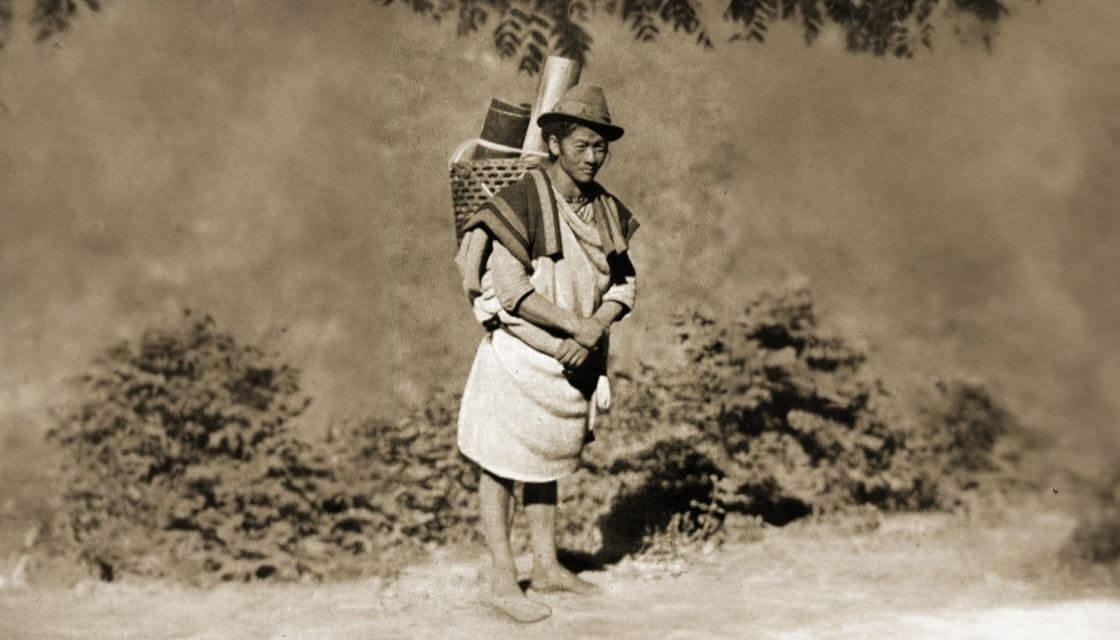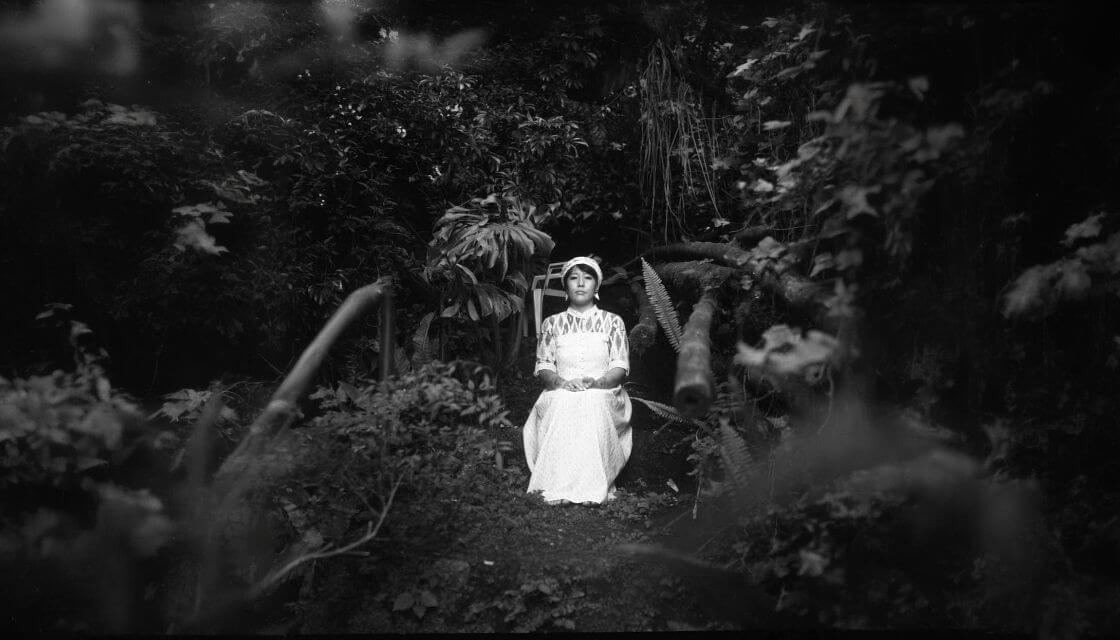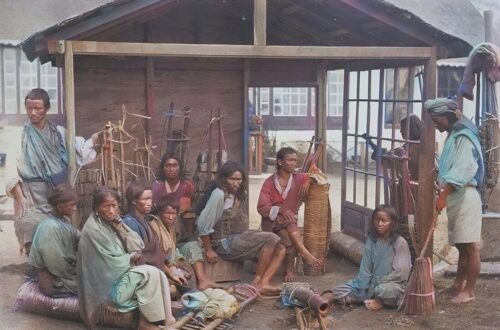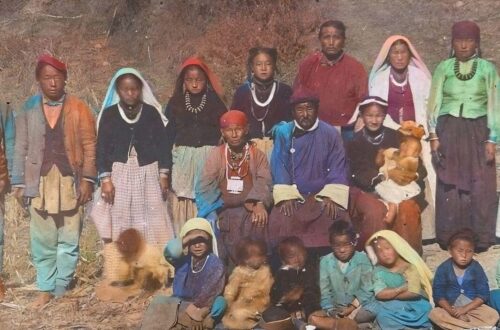
Traditions and Faith of the Indigenous Tribe of Lepcha
Welcome to an exploration of the rich traditions and faith of the Lepcha tribe, an indigenous community with a fascinating history and cultural heritage. The Lepchas are believed to be the original inhabitants of the beautiful region of Sikkim and parts of neighboring countries. They have managed to preserve their unique customs and beliefs over the years, despite facing various challenges.
History of the Lepcha People

The history of the Lepcha people is intertwined with the ancient roots of the region they call home. Originating from the Himalayan foothills, the Lepchas migrated to the eastern Himalayas thousands of years ago. Their migration can be traced back to the early Austro-Asiatic tribes who settled in the region. Over time, they established their own distinctive culture and way of life.
Despite their secluded lifestyle in the Himalayas, the Lepcha people have had interactions with neighboring communities, such as the Bhutias and Tibetans. These interactions have influenced their traditions, clothing, and religious practices, adding layers of diversity to their cultural tapestry.
Today, the Lepcha people are recognized as one of the protected indigenous tribes in India. Efforts have been made to preserve their identity, language, and traditions, while respecting their autonomy and way of life.
Cultural Traditions and Customs

The cultural traditions and customs of the Lepcha tribe are vibrant and deeply rooted in their daily lives. Their traditional clothing, known as the “thohm'”, is a visual representation of their unique cultural identity. The women wear elegant garments adorned with intricate embroidery, while men don colorful tunics and headgear.
Art and craftsmanship play an important role in Lepcha culture. The tribe takes pride in their skillful craftsmanship, especially in woodcarving and bamboo craft. These traditional crafts are not only a means of artistic expression but also a way to showcase their deep connection with nature.
Rituals and ceremonies are an integral part of Lepcha life. They celebrate various occasions, such as birth, marriage, and harvest, with a great sense of joy and community participation. These ceremonies often involve vibrant dance performances accompanied by traditional musical instruments, creating a spectacular display of cultural heritage.
Indigenous Lepcha Language
The indigenous Lepcha language, also known as “Rong”, is an integral part of the tribe’s identity. It is a unique language with its own script and phonetics. The language has been passed down through generations, serving as a marker of cultural heritage and linguistic diversity.
Despite the challenges posed by modernization and the dominance of major languages, efforts have been made to preserve the Lepcha language. Educational institutions now offer Lepcha language courses, and a Lepcha cultural academy has been established to promote and protect the language.
Beliefs and Spiritual Practices
The Lepcha people have a rich spiritual and mythological tradition. They believe in the existence of deities who govern various aspects of nature and human life. Their mythology is filled with stories of heroism, creation, and the interplay between the spiritual and physical realms.
Shamanic practices hold great significance for the Lepcha community. The shamans, known as “mun”, act as intermediaries between the human world and the realm of spirits. They perform rituals and ceremonies to heal the sick, seek guidance, and restore spiritual balance.
The Lepcha people also have a deep reverence for nature. They see themselves as an integral part of the natural world and strive to maintain harmony with their surroundings. This deep-rooted connection manifests in their spiritual practices, rituals, and overall way of life.
Contemporary Challenges and Preservation Efforts
Like many indigenous communities, the Lepcha tribe faces various socio-economic challenges in the modern world. Rapid urbanization, changing lifestyles, and globalization have posed threats to their cultural heritage and traditional way of life.
However, the Lepcha community has shown resilience in the face of these challenges. Efforts have been made to preserve their cultural traditions and language. Cultural festivals and events have been organized to promote awareness and appreciation of Lepcha heritage, while also providing economic opportunities for local artisans.
Non-governmental organizations and government initiatives are working closely with the Lepcha community to empower them and help them navigate the evolving socio-economic landscape while preserving their rich traditions and faith.
Conclusion
The traditions and faith of the Lepcha tribe are a testament to the resilience and beauty of indigenous cultures. Through their rituals, art, language, and connection with nature, the Lepcha people have created a rich tapestry of traditions that should be celebrated and protected.
Preserving cultural diversity and recognizing the importance of indigenous knowledge is crucial in a world that is increasingly interconnected. The traditions and faith of the Lepcha tribe remind us of the profound wisdom and harmony that can be found in embracing and learning from different cultures.
As we delve into the enchanting world of the Lepcha tribe, let’s celebrate their unique heritage and join hands in ensuring its preservation for generations to come.



